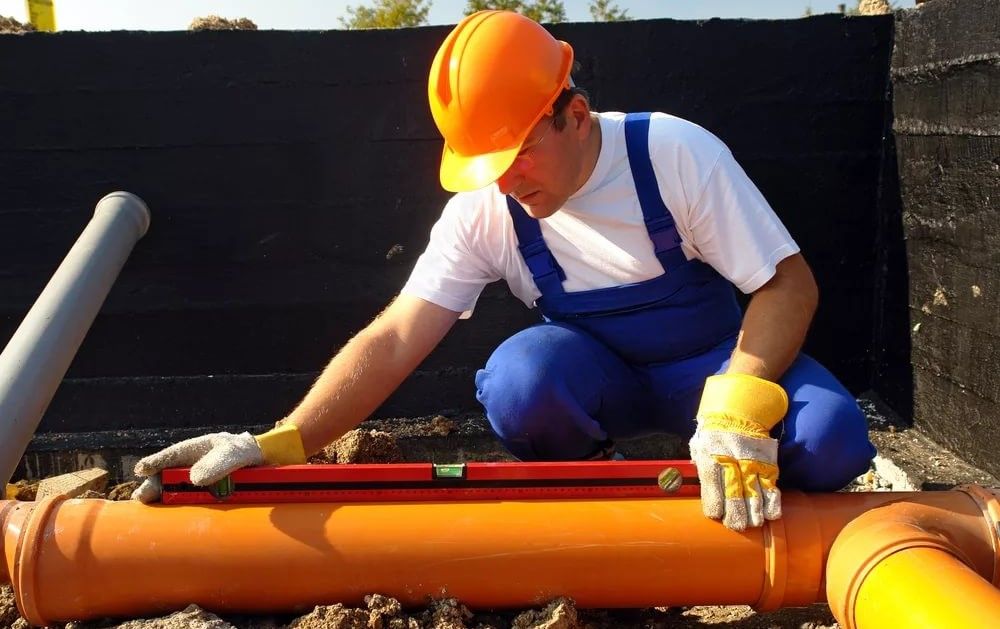
Underground Utilities Explain dangers Buried gas and electrical lines present a serious risk of injury and death. Utility pipes, conduit, and cable may be damaged by: • Digging without locates […]

Temporary Lighting Adequate lighting must be provided in areas where workers are present. Entrance and exit spaces must also be illuminated. Explain dangers Electricians have been electrocuted while setting up […]
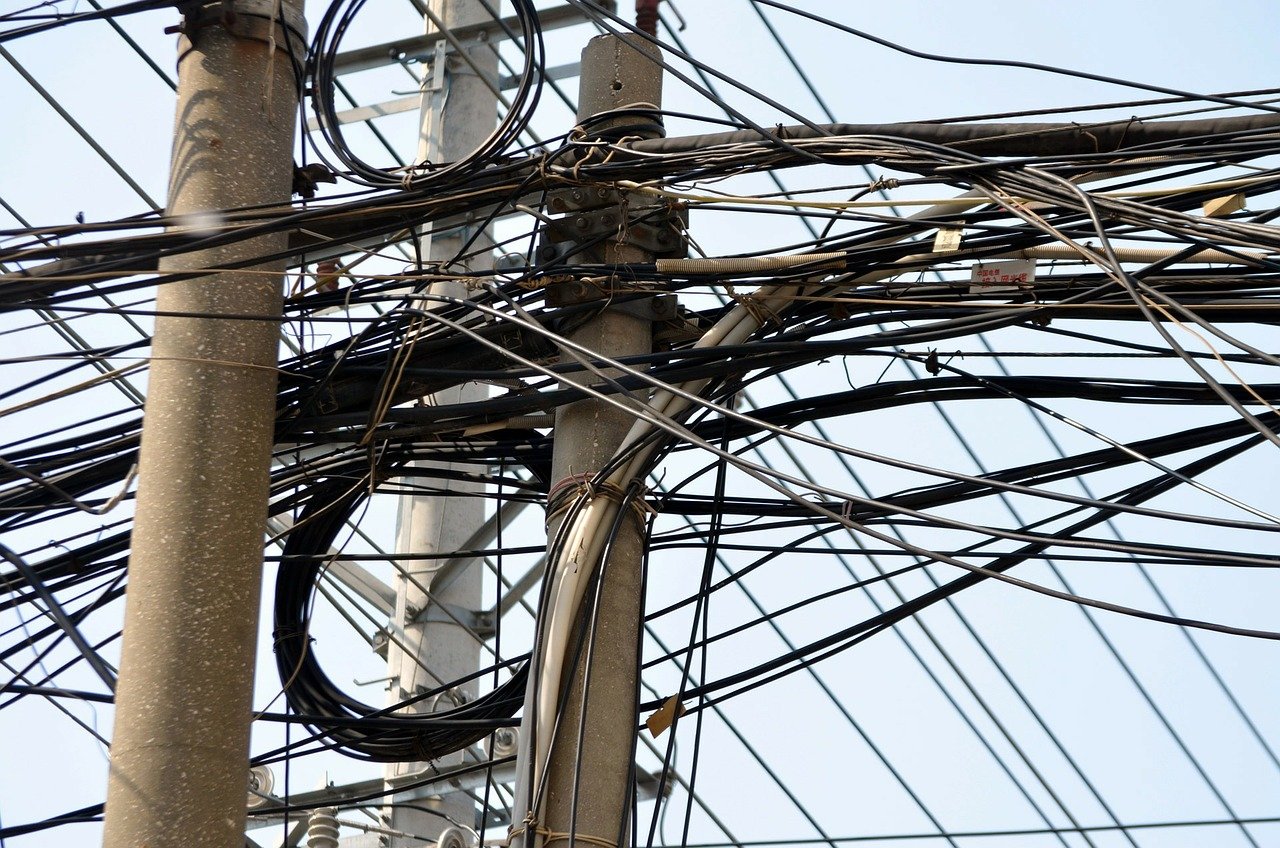
Powerline Contact Explain dangers Powerline contact is a major cause of fatal accidents and critical injuries. These types of incidents usually involve heavy equipment such as backhoes, dump trucks, boom […]
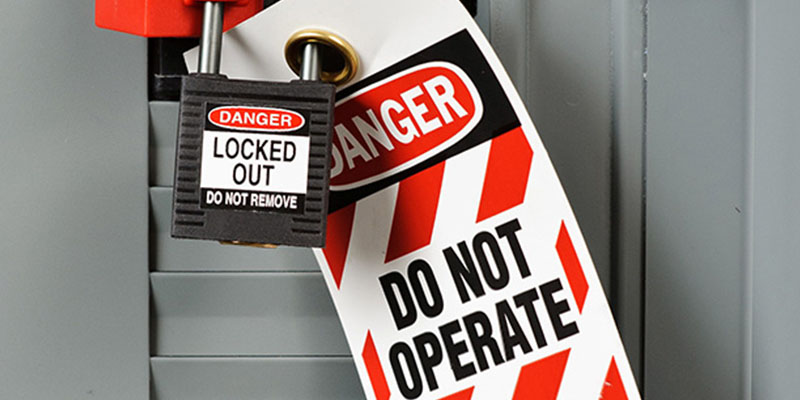
Lockout and Tagging Explain dangers Lockout and tagging ensures that hazardous energy sources are under the control of the workers needing protection. Lockout often involves workers using a padlock to […]
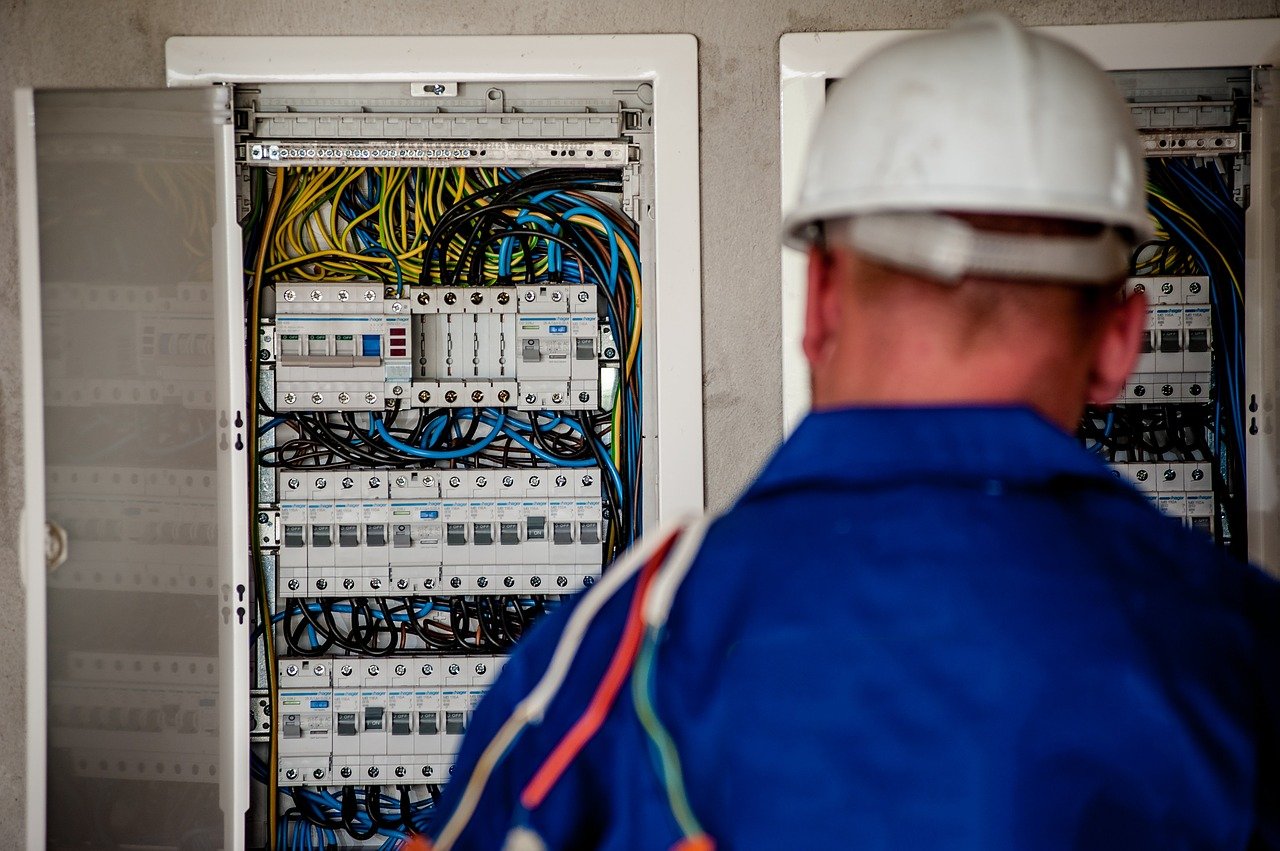
Electrical Safety Explain dangers Using electricity on site can be hazardous, especially when it comes to tools, cords, and panels or generators. Identify controls Consider all electrical wires and equipment […]
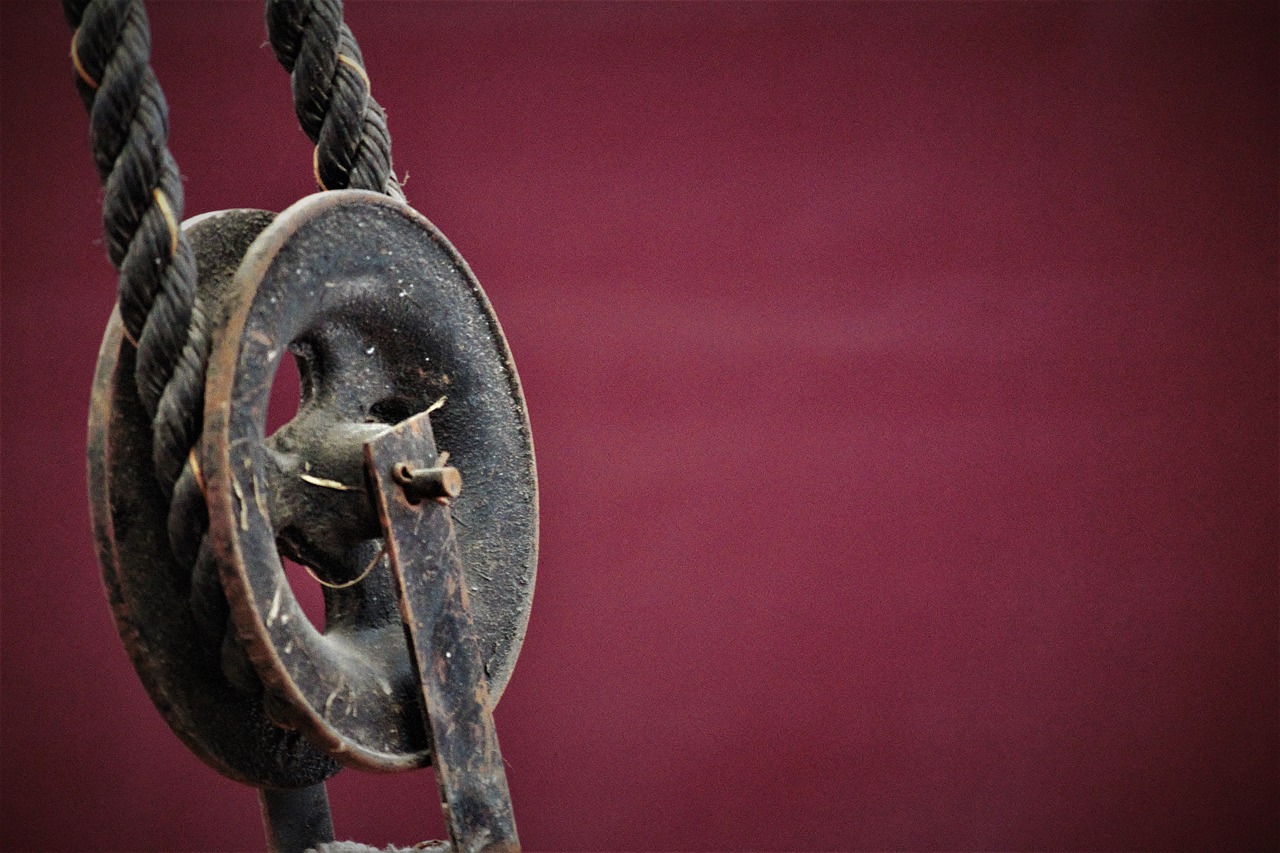
Gin Wheels or Pulley Wheels Explain dangers Using a gin or pulley wheel is a low-cost and convenient way of raising or lowering a load. However, these are some risks […]
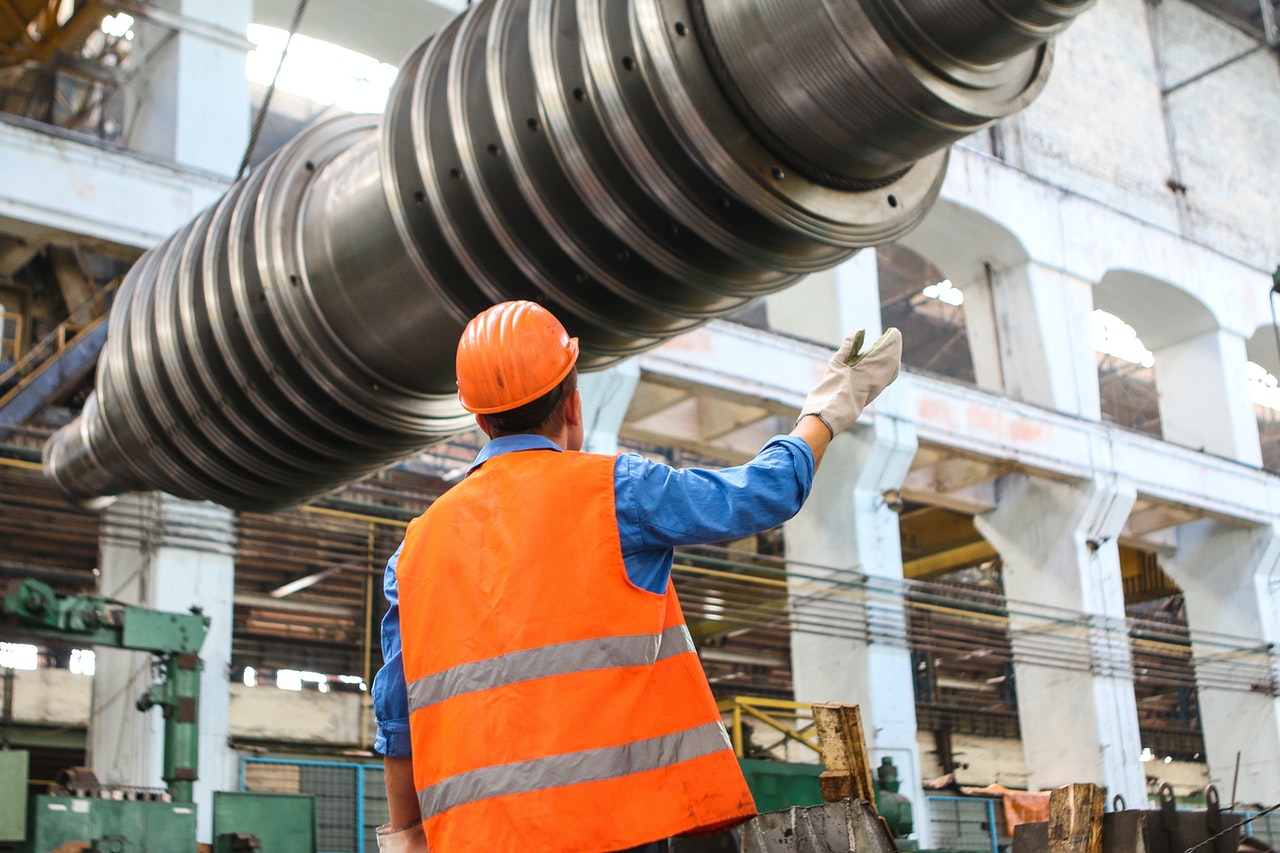
Hoisting Signals Demonstration Demonstrate Demonstrate the hoisting signals below with your crew. Ask them to show you the signals for “Load Up,” “Turn Right,” and “Use Main Line.” Ask them […]
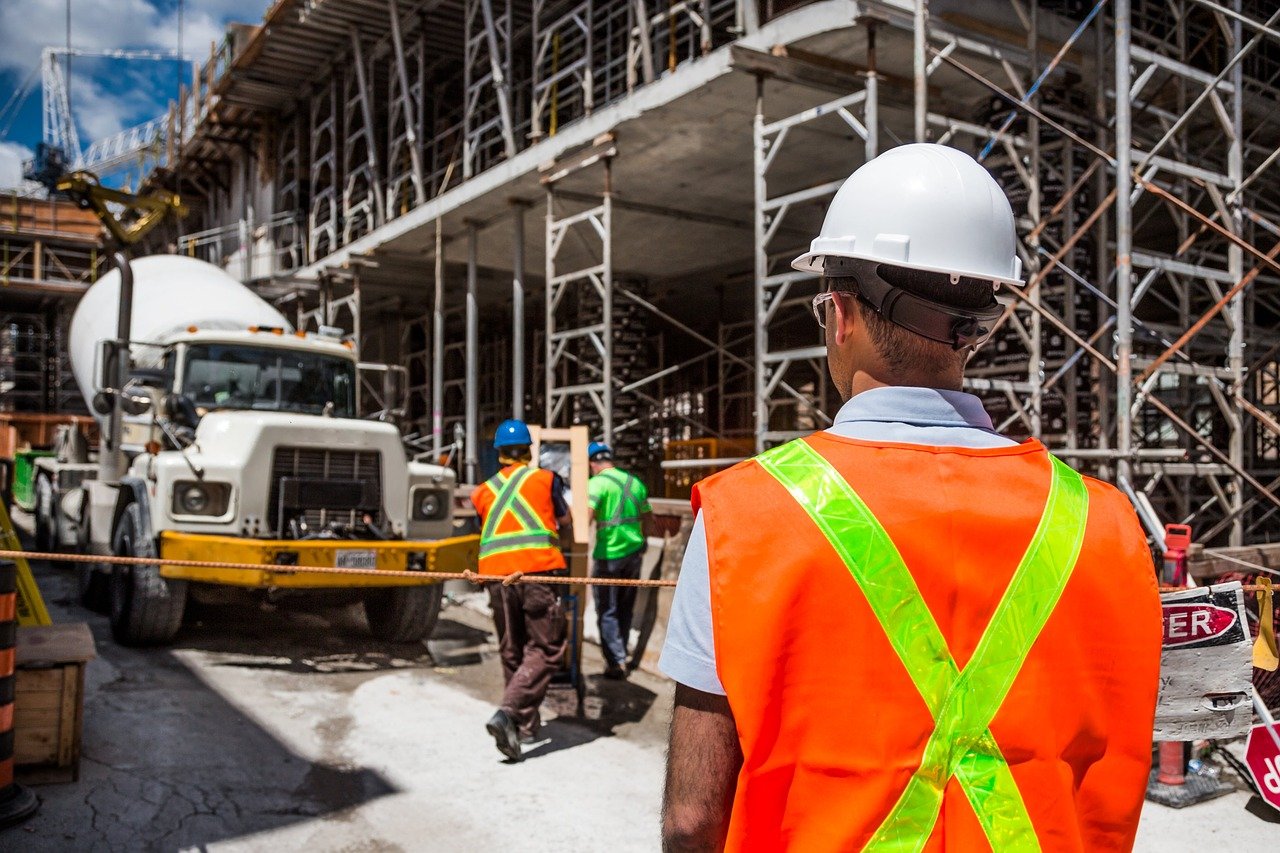
Hoisting Signals – Basic Rules Explain dangers In hoisting operations, miscommunication between the signaller and the operator can lead to injuries, fatalities, and property damage. Identify controls If you’re going […]
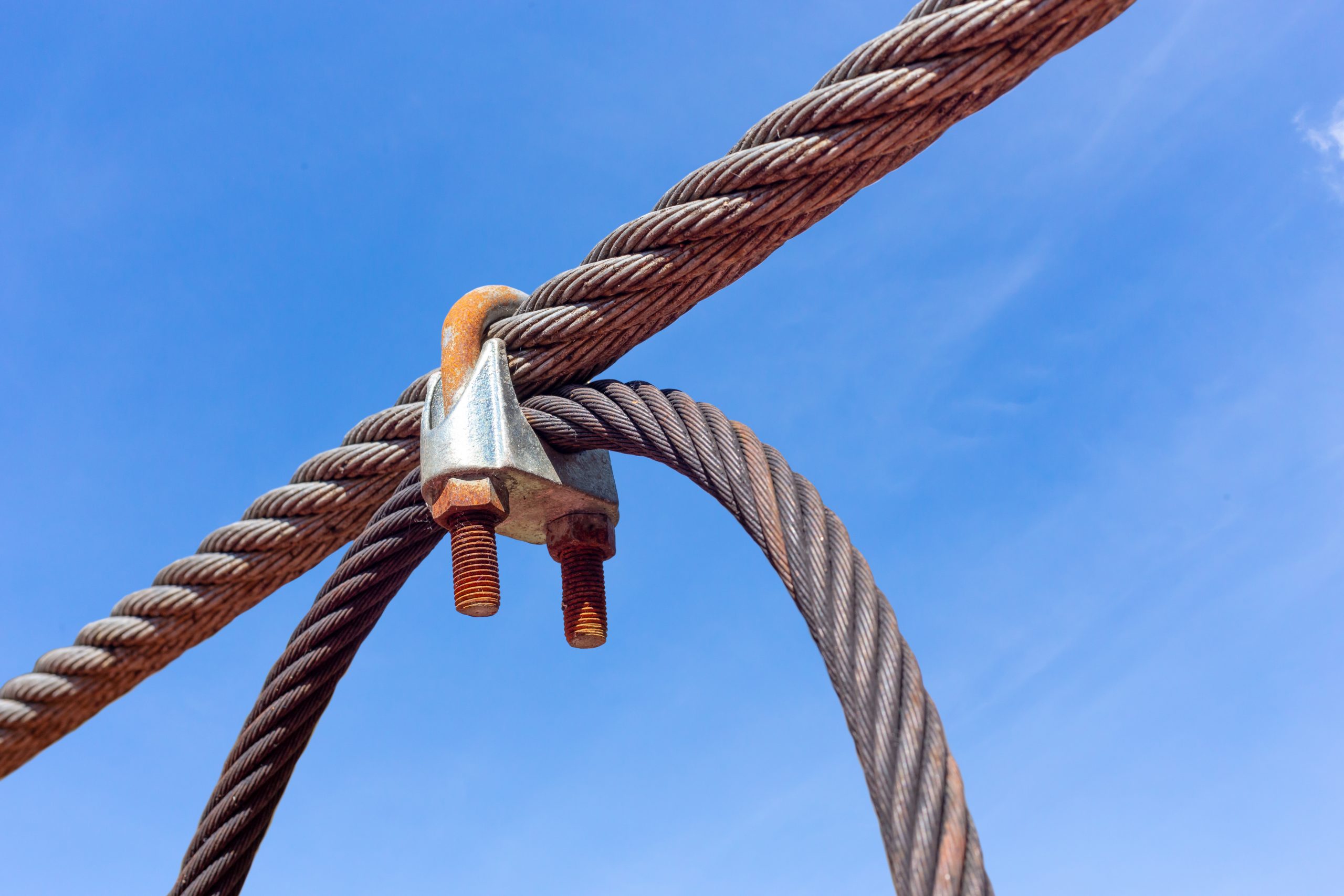
Wire Rope Cable Clips Explain dangers There’s only one right way to install u-bolt cable clips when you want to get the maximum efficiency—up to 85%—out of a prepared loop […]
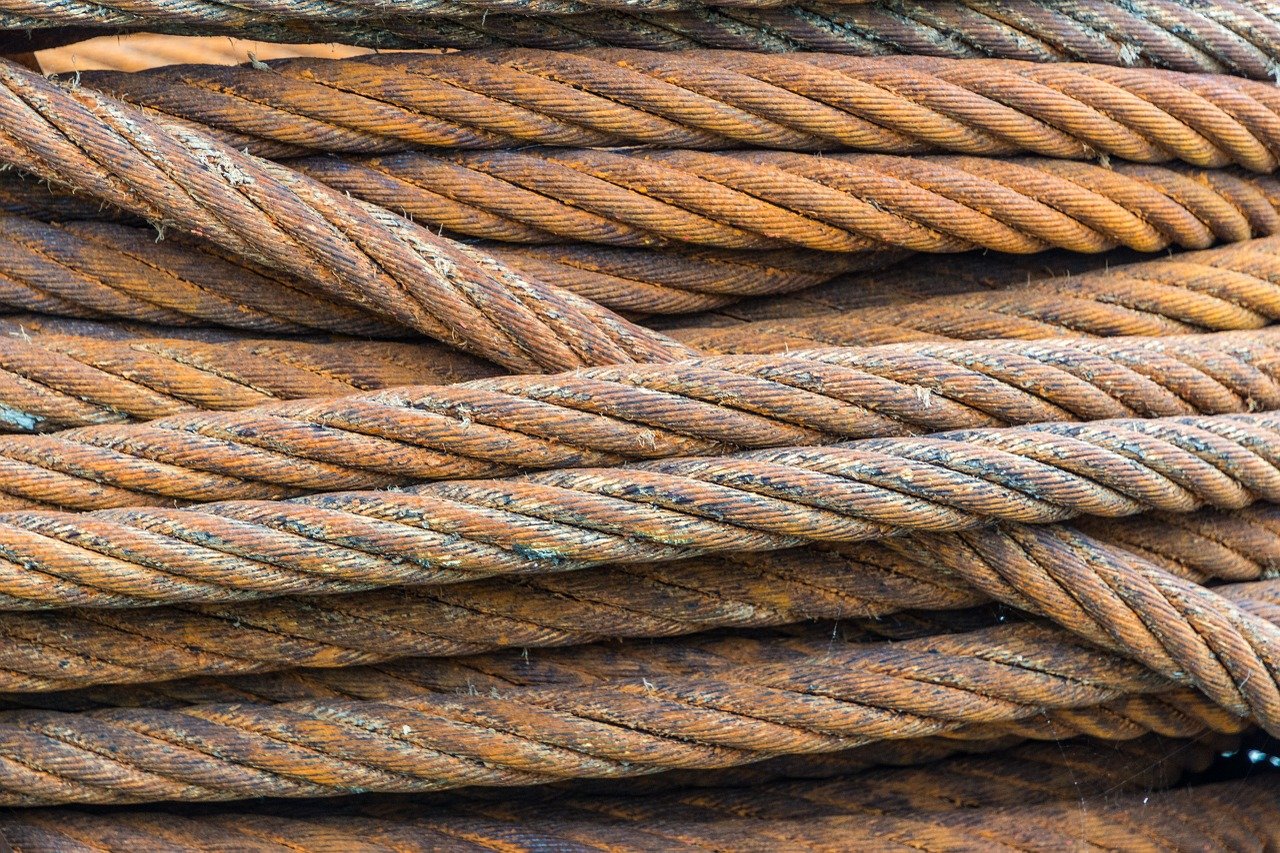
Wire Rope Inspection Explain dangers Damage from wear and tear can reduce rope strength and capacity, endangering workers who rely on the rope. Identify controls Wire rope in continuous service […]
